
| Recorded by: Marilyn Westphal on 2025-11-15
Henderson Co.
Comment: | 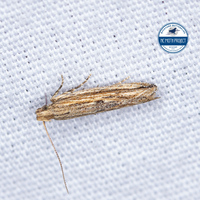
| Recorded by: Lior S. Carlson, Dean Furbish on 2025-09-24
Wake Co.
Comment: |

| Recorded by: John Petranka on 2024-10-24
Orange Co.
Comment: | 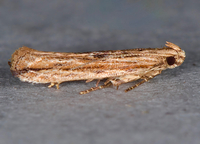
| Recorded by: Jim Petranka on 2024-10-21
Madison Co.
Comment: |
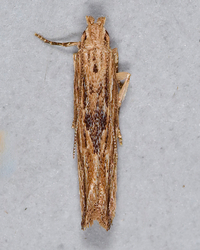
| Recorded by: Jim Petranka on 2024-10-21
Madison Co.
Comment: | 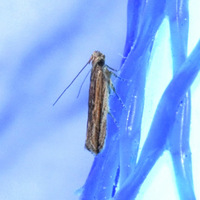
| Recorded by: Jeff Niznik, David George on 2024-09-07
Alamance Co.
Comment: |
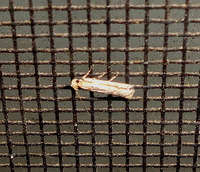
| Recorded by: Michael P. Morales on 2024-09-01
Cumberland Co.
Comment: | 
| Recorded by: R. Newman on 2024-01-23
Carteret Co.
Comment: |

| Recorded by: R. Newman on 2024-01-23
Carteret Co.
Comment: | 
| Recorded by: John Petranka on 2023-10-29
Orange Co.
Comment: |
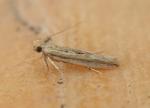
| Recorded by: R. Newman on 2022-11-29
Carteret Co.
Comment: | 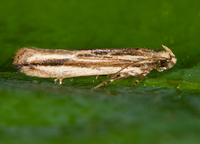
| Recorded by: Jim Petranka on 2022-05-11
Madison Co.
Comment: |
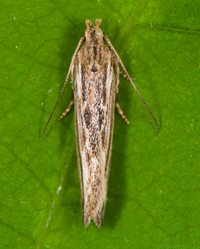
| Recorded by: Jim Petranka on 2022-05-11
Madison Co.
Comment: | 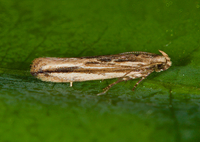
| Recorded by: Jim Petranka on 2022-05-11
Madison Co.
Comment: |
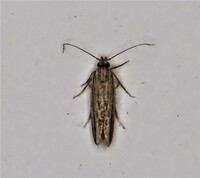
| Recorded by: Gary Maness on 2020-11-27
Guilford Co.
Comment: | 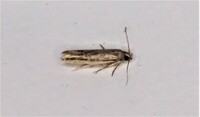
| Recorded by: Gary Maness on 2020-11-27
Guilford Co.
Comment: |

| Recorded by: Gary Maness on 2020-11-13
Guilford Co.
Comment: | 
| Recorded by: Gary Maness on 2020-11-13
Guilford Co.
Comment: |
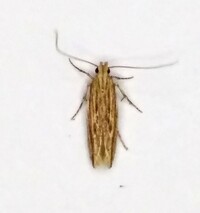
| Recorded by: Gary Maness on 2020-09-27
Guilford Co.
Comment: | 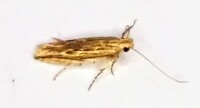
| Recorded by: Gary Maness on 2020-09-27
Guilford Co.
Comment: |

| Recorded by: Gary Maness on 2020-09-27
Guilford Co.
Comment: | 
| Recorded by: Ken Kneidel on 2020-08-14
Mecklenburg Co.
Comment: |
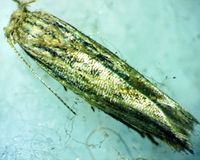
| Recorded by: Ken Kneidel on 2020-08-14
Mecklenburg Co.
Comment: | 
| Recorded by: Ken Kneidel on 2020-08-14
Mecklenburg Co.
Comment: |

| Recorded by: Gary Maness on 2019-11-06
Guilford Co.
Comment: | 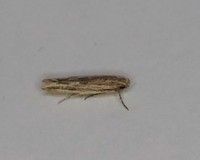
| Recorded by: Gary Maness on 2019-11-06
Guilford Co.
Comment: |
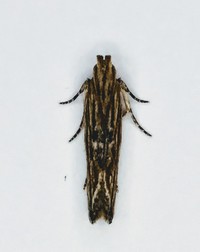
| Recorded by: Gary Maness on 2019-10-05
Guilford Co.
Comment: | 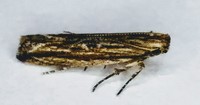
| Recorded by: Gary Maness on 2019-10-05
Guilford Co.
Comment: |
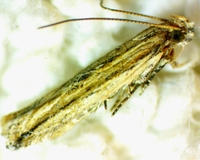
| Recorded by: Ken Kneidel on 2019-08-18
Mecklenburg Co.
Comment: | 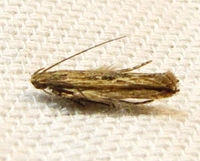
| Recorded by: Ken Kneidel on 2019-08-18
Mecklenburg Co.
Comment: |
|

 »
»


























